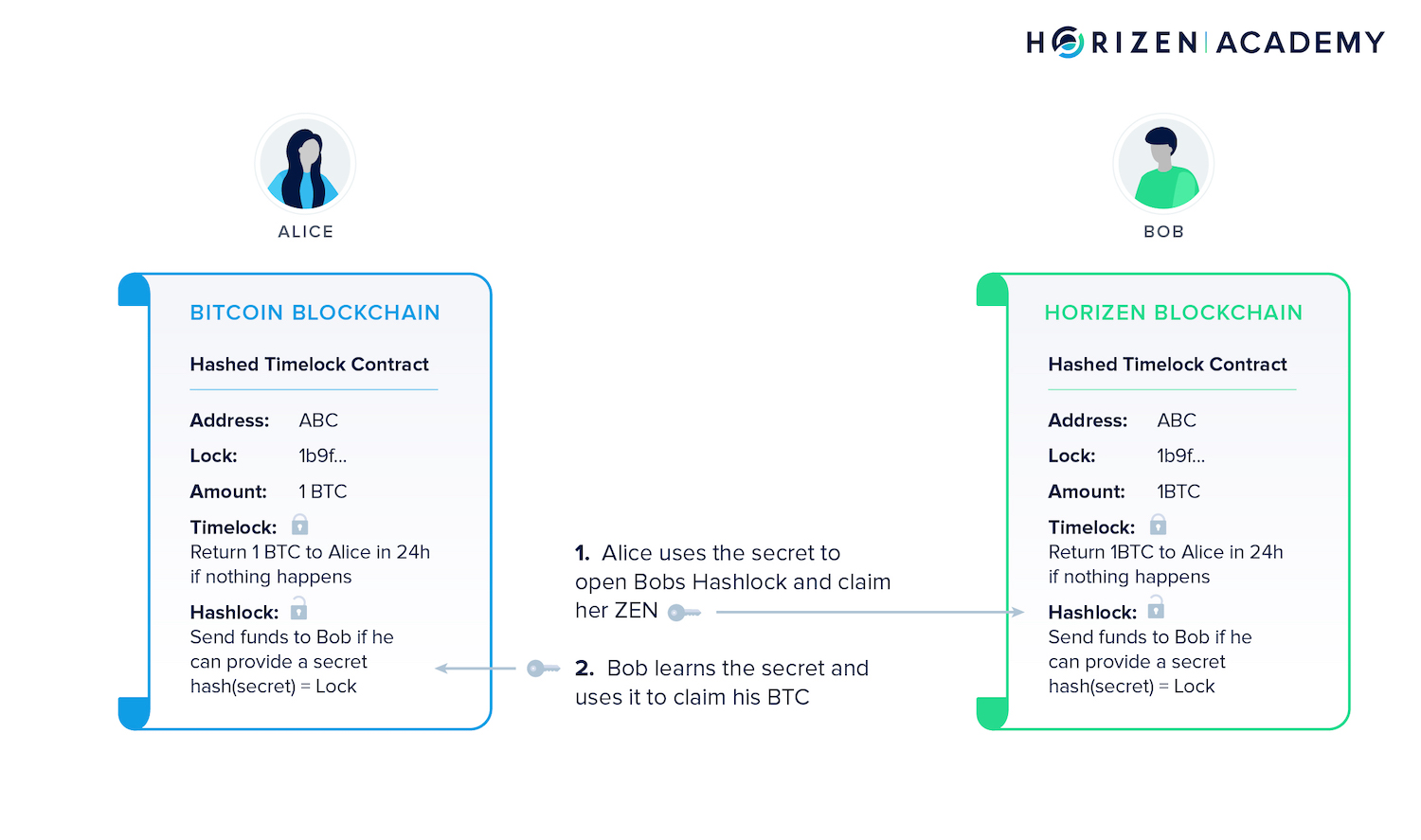
Navigating the Landscape of Secure Atomic Swaps
In the ever-evolving world of blockchain and cryptocurrency, secure atomic swaps have emerged as a promising technology, enabling peer-to-peer exchanges without the need for intermediaries. This article delves into the importance of ensuring the security of atomic swaps and explores the measures that contribute to a comprehensive and trustworthy atomic swapping experience.
Understanding Atomic Swaps
Atomic swaps represent a groundbreaking method for exchanging one cryptocurrency for another directly between two parties. This process occurs without the need for a centralized exchange, reducing counterparty risk and increasing the overall security of the transaction. The atomic nature of these swaps ensures that either the entire transaction is completed or none of it, eliminating the possibility of partial exchanges.
Smart Contract Security in Atomic Swaps
At the core of secure atomic swaps are smart contracts, programmable contracts that automatically execute and enforce the terms of the agreement. Ensuring the security of these smart contracts is crucial for the overall integrity of the atomic swapping process. Regular audits, code reviews, and continuous monitoring help identify and rectify potential vulnerabilities, making the smart contracts resilient to exploitation.
Decentralization: A Key Pillar
Decentralization plays a pivotal role in the security of atomic swaps. By eliminating the need for a central authority, atomic swaps minimize the risk of single points of failure and reduce the attack surface. This decentralized approach enhances the trustworthiness of the entire process, fostering a peer-to-peer exchange environment that aligns with the principles of blockchain technology.
Cross-Chain Compatibility
Ensuring cross-chain compatibility is essential for the success of atomic swaps. Different blockchain networks have varying protocols and standards, and a secure atomic swap solution must be compatible with a diverse range of blockchains. Cross-chain compatibility widens the scope of atomic swaps, allowing users to seamlessly exchange assets across different blockchain ecosystems.
Utilizing Hash Time-Locked Contracts (HTLCs)
Hash Time-Locked Contracts (HTLCs) are instrumental in securing atomic swaps. These contracts employ cryptographic hash functions and time constraints to ensure that both parties fulfill their obligations within a specified timeframe. HTLCs add an extra layer of security to the atomic swapping process, preventing malicious actors from attempting fraudulent activities.
User-Controlled Wallets for Security
Empowering users with control over their wallets is a critical aspect of secure atomic swaps. User-controlled wallets, especially those using multi-signature technology, provide an additional layer of security. This approach ensures that participants in the atomic swap retain ownership and control over their private keys throughout the exchange.
Real-Time Monitoring and Anomaly Detection
Implementing real-time monitoring tools is imperative to detect anomalies or potential security threats during the atomic swapping process. Continuous monitoring enables swift responses to any suspicious activities, reducing the likelihood of successful attacks. Anomaly detection mechanisms contribute to a proactive security stance, enhancing the overall safety of atomic swaps.
User Education: Mitigating Risks Through Awareness
Educating users about the intricacies and potential risks associated with atomic swaps is vital for fostering a secure environment. Awareness programs, tutorials, and clear guidelines contribute to a well-informed user base that can make confident decisions during the atomic swapping process, reducing the likelihood of falling victim to scams or fraudulent activities.
Regulatory Compliance in Atomic Swaps
As the blockchain space matures, ensuring regulatory compliance becomes increasingly important. Platforms facilitating atomic swaps should actively collaborate with regulatory bodies to adhere to legal frameworks. Regulatory compliance not only ensures a secure environment but also promotes broader acceptance and integration of atomic swaps within the financial ecosystem.
Secure Atomic Swaps: Embracing the Future
In conclusion, the security of atomic swaps is fundamental to their widespread adoption and success. By focusing on smart contract security, decentralization, cross-chain compatibility, HTLCs, user-controlled wallets, real-time monitoring, user education, and regulatory compliance, the cryptocurrency community can collectively contribute to building a robust and secure atomic swapping landscape.
Explore the world of Secure atomic swaps and embrace the future of peer-to-peer cryptocurrency exchanges with confidence. Secure your assets and actively participate in the evolving landscape of blockchain-based atomic swaps.













:strip_icc():format(webp)/kly-media-production/medias/1361321/original/037551300_1475300410-software.jpg)

























